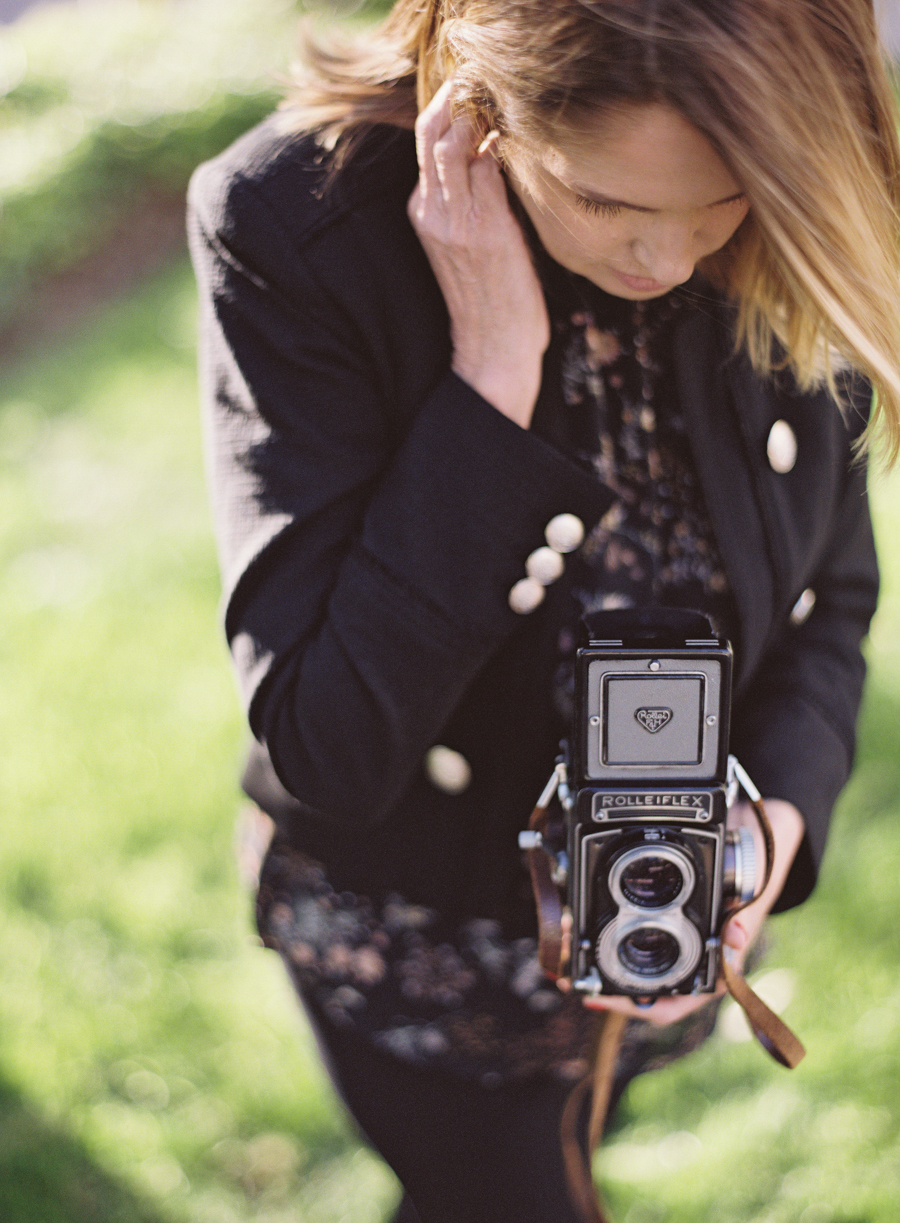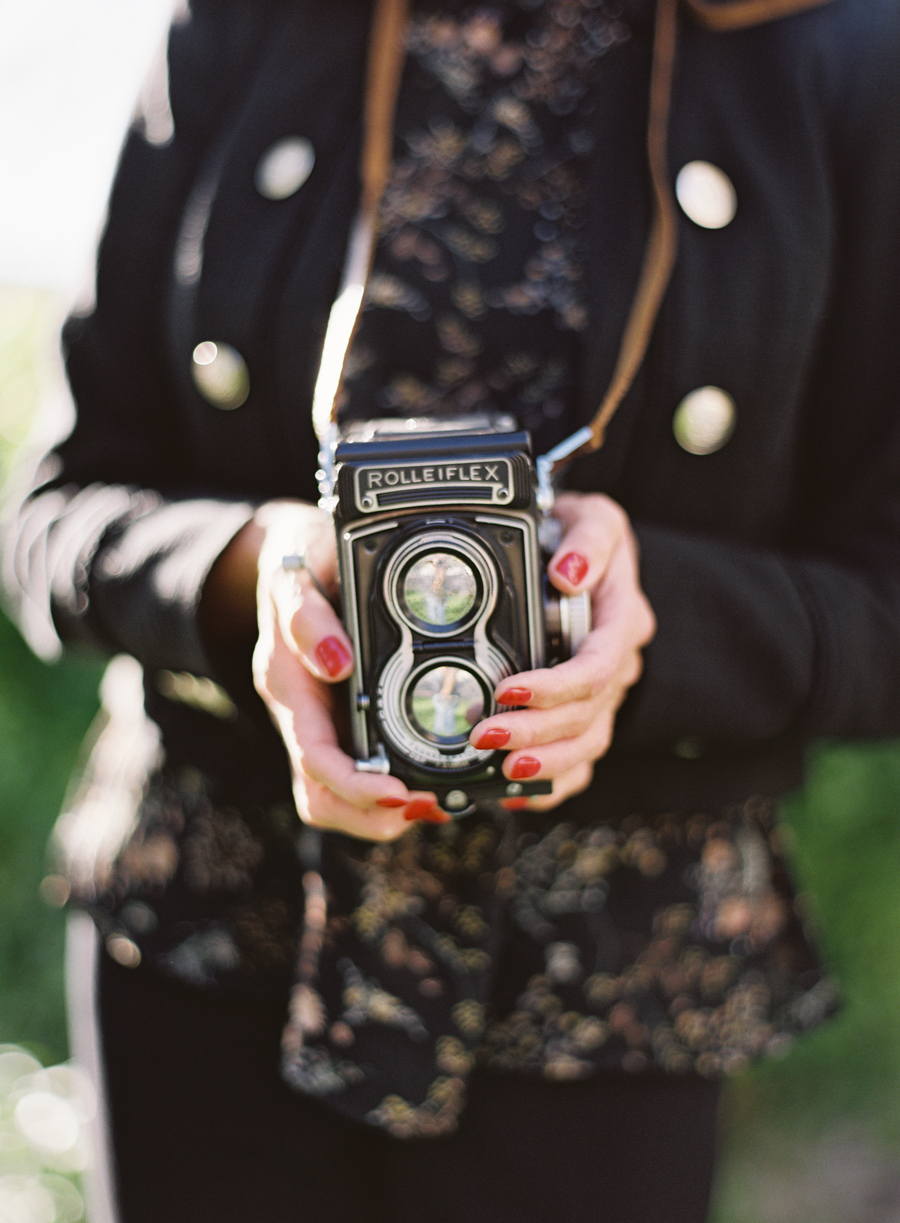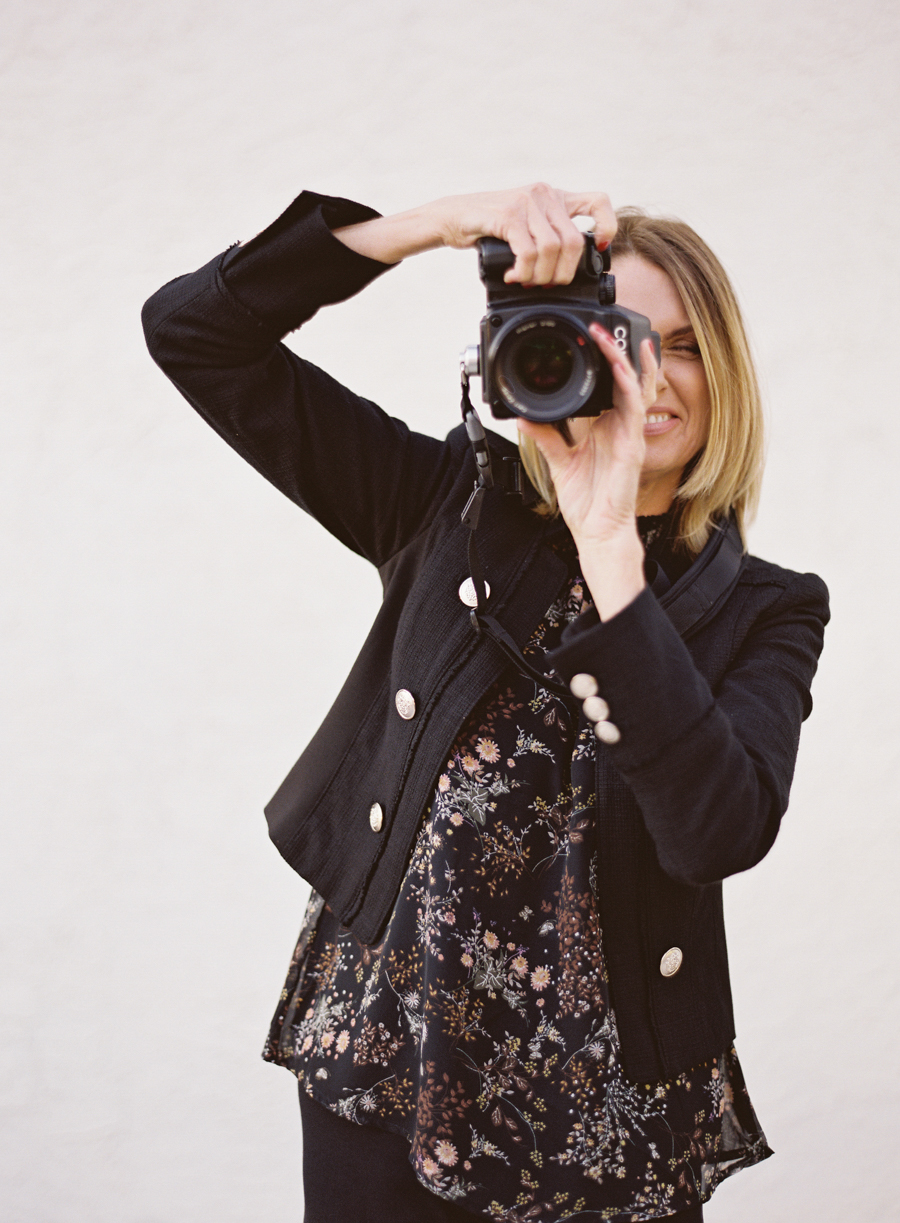What is Fine Art Film Photography?
When people hear the term “Film Photography” they often think I’m referring to video rather than still images. So let me clarify what Film Photography is to those who don’t know.
Film Photography is the use of a camera to expose photographic film to light in order to take a picture. Used since the late 1800s, the film is a chemical emulsion on a plastic substrate that is sensitive to light. Today’s typical film roll can take between 15 and 35 exposures. The negatives are then processed in a lab.
I am a film photographer. After testing all sorts of cameras, film stock and settings, I now use my own favorite formula to create my signature images.
I started with film back in college. While getting my formal training, I learned to make photos using film and I even made creative pin-hole cameras, before perfecting my darkroom skills. Film is my medium of choice for getting the look I’m after in fine art photography.
Photography is all about light and film is the queen of natural light. Free of the pixel lines found in digital cameras, film allows light and color to blend beautifully giving the soft painterly effect I love.
We are in a digital age when everyone takes endless pictures with their cameras and smartphones. Social media is saturated with digital images fulfilling the plague of the century “Instant Gratification.” And yes, there is a good use for digi-pictures. I, too, use my iPhone for “everyday pics,” but when it comes to capturing a once-in-a-lifetime-moment, I turn to film photography.
The Process of Image-Making
Film photography is a conceptual process, meaning it takes time to create an image. You slow down and study what you are shooting before clicking. With only 16 images per roll, you need to become more aware of the environment, light and composition. It’s not enough to merely look, you have to “see,” to observe details and get a clear vision of what you are going to photograph before shooting.
I like to call film photography, slow photography. You get it right in the camera so you spend less time editing on the computer. Personally, I like to be more connected with who I am photographing and exploring the world than being behind the computer.
The process of shooting film is different than using a digital camera. No looking down at the camera’s preview screen, so the photographer has to be in tune with who or what they are photographing. You have a light meter for best exposures. You study and read how the light is hitting your subject. You set the camera to the film’s correct ISO. Anyone, can shoot digital images because the smartphone or camera does it all for you. Film photography is more cerebral. More thinking is involved. You have to focus a lot more with film.
There may be fewer images with film, but the quality is way better so it’s a question of quality versus quantity.
Quality of the Film Image
Shooting with film allows the photographer to create softer images. Film is amazing for skin tones. It’s organic looking, with a vast dynamic range especially in the highlights. I tend to photograph in high key and love the minute details, missing from film, which loses highlights and gets a horrible purple cast when overexposed.
The film negative, is then printed with high-quality ink on fine art paper, creating a work of art, worthy of framing a displaying on your wall and bound in an heirloom album, not just browsed on a computer screen.
Drawback of film
There is only one drawback of film (according to me). It’s more expensive than digital photography. The cost of the film itself (the rolls), and processing is substantial and it requires much more training and skill. But that’s why it’s called “fine art” photography! If you want really amazing images full of beautiful light that are timeless, then film photography is the way to go.
Everyone can shoot with a digital, but not everyone call shoot with film. And that, my dear friends, is my take on Fine Art Film Photography. SMILE!


